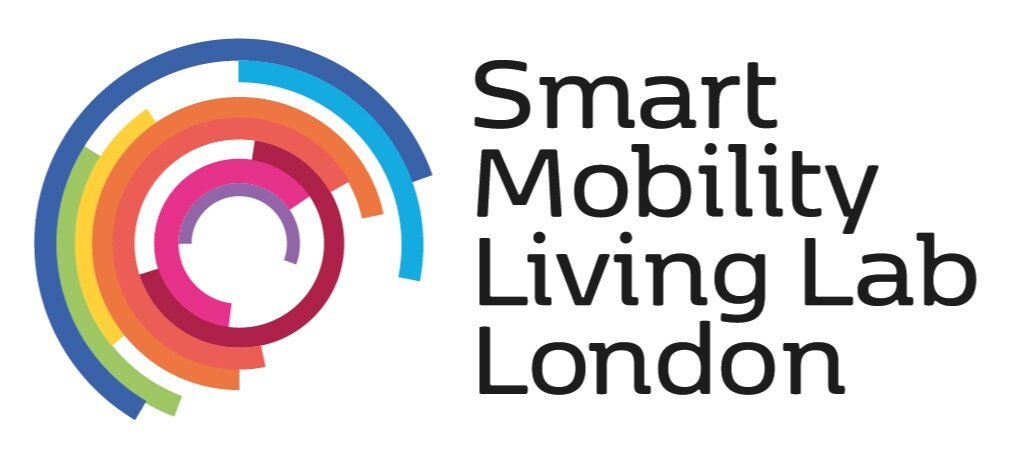KARL DRAIS – HOW THE YEAR WITHOUT A SUMMER INSPIRED THE BIKE
INSPIRATION IS A FUNNY THING. IT’S IMPOSSIBLE TO PREDICT WHAT WILL TRIGGER A ‘LIGHTBULB MOMENT’ – OR HOW OR WHEN IT WILL HAPPEN.
Sometimes, it comes as a result of seeing a new problem and being the first to come up with the ‘obvious’ fix.
And other times, it comes from seeing someone else’s invention and knowing you could improve it.
But every now and again, a lightbulb moment can be initiated by a cataclysmic, geological event that affects the entire world.
This was the case for Karl Drais.
AN INNOVATOR BEFORE HIS TIME
Born Karl Friedrich Christian Ludwig Freiherr Drais von Sauerbronn on April 29, 1785 to an aristocratic German family, Karl was a born inventor and incredibly prolific.
Over the course of his tumultuous life, Karl invented the first typewriter with a keyboard, a stenograph machine, a device capable of recording piano music on paper, and the world’s first meat grinder!
And he did all of that before the turn of the 20th century.
But what really sealed Karl in the history books is his Laufmaschine, which is German for ‘running machine’.
FROM ERUPTION TO INSPIRATION
In 1815, a volcano erupted on an island in present-day Indonesia.
Mount Tambora blasted 12 cubic miles of gas, dust and rock into the atmosphere. It was the largest eruption on earth in at least 1,300 years.
Tens of thousands of people were killed on the island and so much matter was shot into the atmosphere that it temporarily altered the whole world’s climate. This led to 1816 being dubbed the ‘Year Without a Summer’.
Harvests all over Europe failed as a result, leading to famines and the death of all kinds of livestock – including horses, the predominant mode of transportation at the time.
Before the eruption, a world without the horse would have been unimaginable.
But now people were being forced to deal with a serious shortage in transportation. And this problem triggered an idea in a certain forest official: Karl Drais.
He wondered if there might be another way of getting around – one that didn’t rely on any animal, only manpower. And so the Laufmaschine was born.
A year later, Karl took his Laufmaschine to Mannheim for its maiden voyage.
THE PROTO-BIKE
The draisine, velocipede or dandy horse as it was known in England, was the first time the two-wheel principle behind bicycles and motorbikes was leveraged as a form of transportation.
The machine weighed about 22kg, had iron shod wheels filled with brass ball bearings and was made entirely out of wood.
And while it didn’t have pedals, it was steerable, had a rear wheel brake and even a short trail in front to enable it to self-centre.
So, on June 12th, 1817, Karl rode from Mannheim along one of the best roads in the area to a coaching inn called Schwetzinger Relaishaus around 13km away, in just under an hour.
The draisine was an immediate success, with its design copied all over Europe and North America. The roads of the 1800s however weren’t made for metal wheels, and so it tended to be favoured by the daredevils of the day and more mechanically-minded men.
Accidents were common and as they mounted up, with many cyclists taking to the pavement to escape the poor roads, authorities began to ban the draisine’s use in cities. This slowly pushed the machine of out popularity.
But the spark had been ignited.
It would take decades of innovation before the final creation of the ‘safety bike’ in the 1885. This iteration would finally shift the perception of the bike from a dangerous sporting toy into a valid tool of transport for men and women of all ages.
AN INNOVATOR’S LEGACY
After struggling through years of tumultuous political upheaval, Karl Drais died penniless in December of 1851.
As a government official, he was never able to make money from any of his inventions.
But he never gave up innovating, even creating a foot-driven, human-powered railway handcar while in exile in 1842, which is still used today.
Our job at SMLL is to prepare the city for another significant technological shift in the transportation. And we don’t want it to take decades before self-driving cars make it out of the hands of a privileged few.
But we don’t see the future as being purely about self-driving vehicles. Rather, as technology allows us to do more, we see the potential to usher in new Mobility as a Service (MaaS) models for the way we move around. This will allow us to enable smooth transitions between all the modes of transport that are available, including the humble bike.
But it’s going to take innovators of Karl’s calibre to make that happen…
